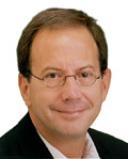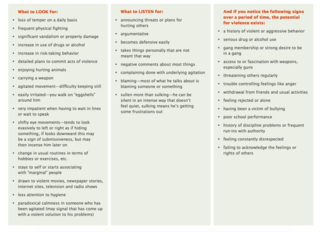
Anger
How to Prevent Violence
Identity the precursors and intervene before they unite and ignite
Posted July 18, 2016
With regard to stopping violence as in the case of an “active shooter” or now active truck driver, I will leave those tactics up to the police, FBI and military.
With regard to preventing violence, one thing to keep in mind is that once a shooter, killer, bully, etc. has reached that point their mind is almost on auto pilot where the level of violence is directly proportionate to the level of rage they are feeling. The greater the rage, the greater the level of violence.
That would mean that the level of rage that Mohamed Lahouaiej Bouhlel, the driver of the Nice, France mass killing, probably matched the level of murder and mayhem he committed.
What are the contributing components that led to that rage? Similar to other all too frequent mass killings there is often a combination of feelings of: powerlessness, rejection, humiliation, injustice, unimportance, insignificance and nothing to lose by dying. By the time all of these are present and fully experienced, there is also likely a disconnect with regard to the value of anyone’s life including their own. Also by the time these are all felt, it is likely that whatever sense of disorganization in a person’s mind they may have felt is replaced with a singular purpose.
And what is that purpose?
When it feels as if the world has conspired to put you down and push you away, find a way to get back in and get even.
What can then be done to prevent violence?
If the components that collectively lead to rage are:
- Powerlessness
- Rejection
- Humiliation
- Injustice
- Unimportance
- Insignificance
- Nothing to lose by dying
doesn’t it make sense to identify as early as possible, the signs and symptoms in the behavior of the individual heading down this path.
The following is a partial list of what to look for, listen for and notice (click this to see enlarged image):

(source: “Change This: About Teenage Violence: It’s the Rage,” by Mark Goulston)
Next of course, is coming up with a safe way for people who notice the above to either confront that individual or bring them to the attention of authorities who will actually do something effective to intervene vs. turning the person back to the streets because of inadequate evidence or insufficient reason to continue to hold them.
That of course leads to the need to reform both the education and training of law enforcement and other individuals in effectively:
- Identifying
- Assessing
- Intervening
- Following through
to prevent the people in question from falling through the cracks.
Until the above approaches are used, we will continue to see people's rage building up to the point of no return, where the only option they find available to them is violence.

